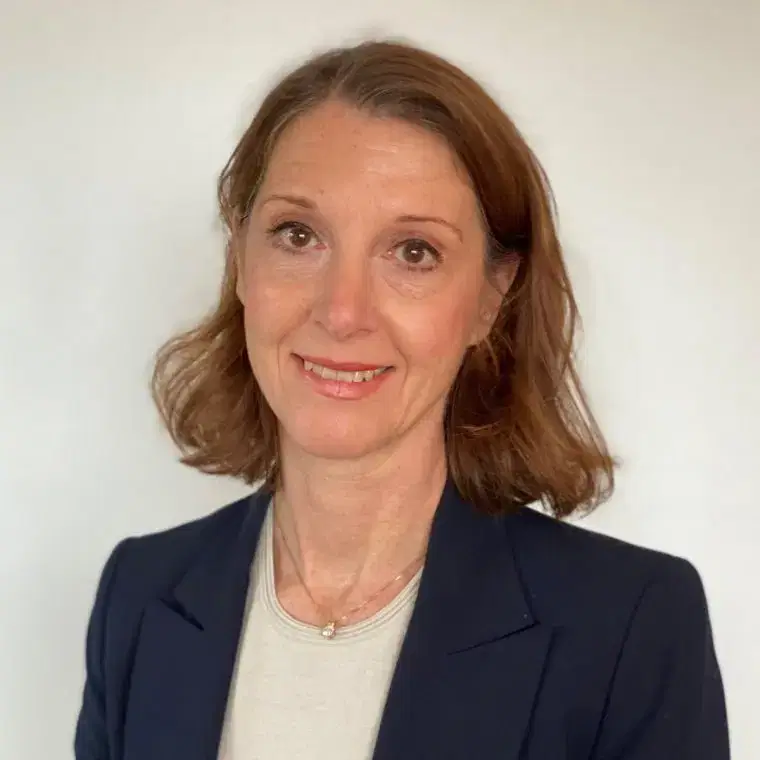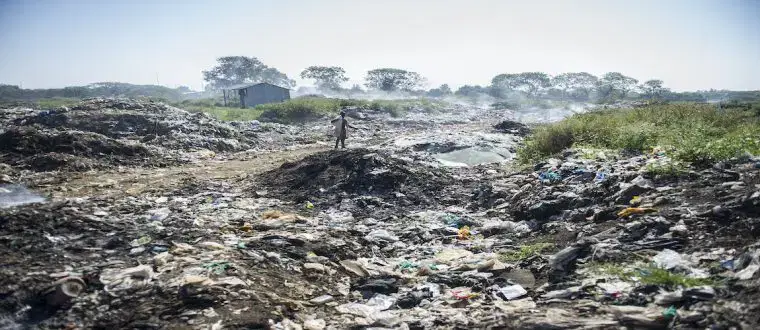As world leaders gather at COP27 to discuss climate change, children across Africa are already suffering the irrecoverable damage that has been done.
The most vulnerable communities are being burdened with a tangled web of injustices that link climate change, human rights and social inequality.
Whilst this week’s headlines may focus on CO2 emissions, few people are connecting the climate issue with the humanitarian crisis in East Africa where nearly 13 million people face starvation as a result of the deepening famine. The lowest cumulative rainfall totals since 1981 has led to widespread drought and crop failure. In Kenya alone 600,000 children already require treatment for malnutrition.
At Chance for Childhood, we believe that no child should have to fight for a safe and happy childhood. But the climate crisis is amplifying existing inequalities that threaten children everywhere. Children are at risk of further vulnerabilities due to the climate crisis. The only way we can truly address the climate problem, is if we recognise the interconnectedness of the climate crisis and all of the other inequalities that exist. At Chance for Childhood our programmes seek to do this in the following ways:
Providing safe spaces: children need safe spaces to play, to thrive and to grow. But increasingly these are under threat as a result of extreme weather conditions. Mombasa in Kenya has a history of extreme weather and is particularly at risk of flooding, which destroys infrastructure and pushes families further into poverty. Working with our partner, Glad’s House Kenya, we support a drop-in centre for children reliant on the street. The centre provides them with access to food, showers, counselling and education. But most importantly it gives them a safety and support they need to thrive, away from the streets.
Developing sustainable communities: Our partners are our climate experts and best placed to develop sustainable programmes and policies to help their communities adapt to the impact of climate change. Through our Partner Hub we are supporting our partners to develop resilience to withstand climate shocks and implement sustainable programmes that centre on the lived experience of the communities where we work.
Ensuring that everyone is included: children with disabilities are the most impacted by climate change, but the least included in policy making. As specialists in inclusive education, we are breaking down taboos to ensure that children are able to access education and are included in their local communities. In Rwanda, we have been supporting d/Deaf girls to understand their rights and feel empowered to take part in local decision making. As a result, three of the girls were successfully elected to the National Children’s Forum (a national children’s parliament) to represent their region. This is the first time that a child with disabilities has ever held a position on this forum. This marks a huge step forward for inclusive policy making.
Helping families to start small scale businesses: 70% of people in Uganda are reliant on agriculture to earn an income. But increasing droughts mean that many are struggling to earn an income or feed their children. That is why we supported young people in Patongo in northern Uganda with access to agribusiness classes and mentors who helped them adapt their farming to the changing climate and landscape. We also include a Village Savings and Loan Association (VSLAs) component in many of our programmes which supports families to start their own income generating activities. These can range from tailoring to soap making to selling phone credit, all of which allow parents to provide for their children without only relying on agriculture.
A joint strategy of environment and people: we believe programmes are only successful when they work for communities and their environment. When supporting our partner to develop the Patongo Vocational Centre for children, part of the thermoplastic membrane that wrapped the 2012 Olympic Stadium was repurposed to create the structure, allowing for the reuse of material while supporting the expansion of critical community space.
We cannot expect children and their families in the countries we work in to bear the impact of the climate crisis. However, as the climate crisis worsens, the UK Aid budget shrinks. Just last year the UK government cut £4.6 billion from the international development budget, and figures predict that this could increase further.

“According to the World Weather Attribution initiative there is clear evidence that recent floods across West Africa have been made many times more likely by global heating. This evidence is a verdict of increased suffering for children across Africa who had no responsibility at all in the creation of the climate crises. No child should have to fight for a safe and happy childhood. Therefore, we urge governments, companies and stakeholders to turn their commitments into actions. We call on partners and donors to work with us to understand climate related risks and implement place-based solutions that enhance the climate resilience of the most vulnerable communities.” Dr. Nicoletta Piccolrovazzi, Trustee of the Board of Chance for Childhood & Co-Founder of Applied Sustainability GmbH
We need to start reframing the conversation, a climate crisis is a crisis for children. In order to develop effective solutions policy makers need to start talking about climate justice to address complex inequalities and vulnerabilities that communities are facing.

